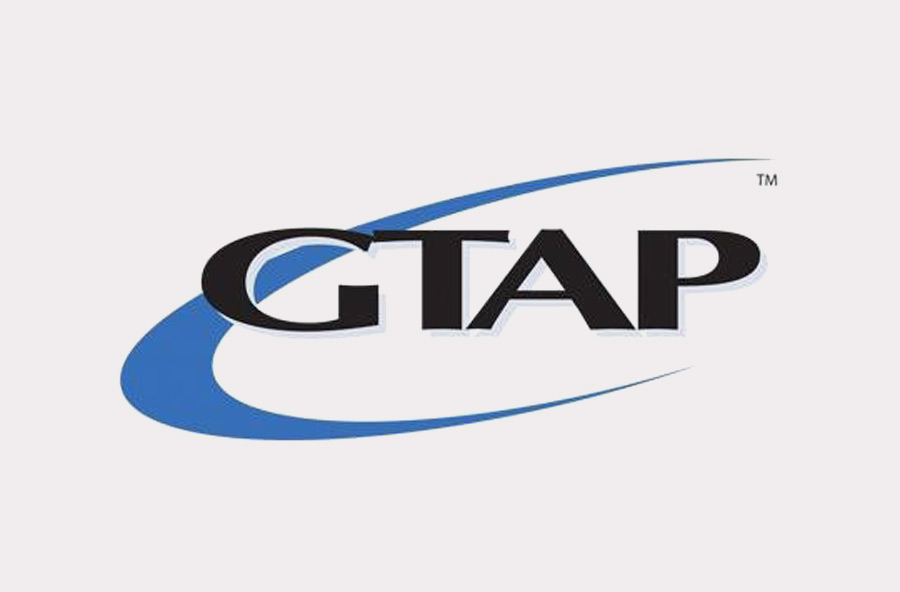Angel Aguiar, Caitlyn Carrico, Thomas Hertel, Zekarias Hussein, Robert McDougall, Badri Narayanan
Government consumption makes up a significant portion of national economies, ranging from 6- 32% of gross domestic product (GDP). In addition, government procurement affects a substantial volume of world trade flows, estimated to be $1000 billion per year. Given the size and the potential implications for trade, employment and prices, government procurement policies have become increasingly prominent in the multilateral negotiations starting with the 1978 Tokyo Round of GATT and leading up to the ratification of the WTO-Government Procurement Agreement (GPA) in 1996. The revised Agreement on Government procurement entered into force on April 6, 2014. At the core of these negotiations has been the idea of encouraging government procurement from the most efficient suppliers in order to enhance global welfare.
Government procurement should include current expenditures by the government sector (e.g., public administration, defense, and public enterprises) as well as public investment. Despite its importance in the overall trade reform picture, the analytical tools used to quantify the economic impact of discriminatory government procurement remain underdeveloped. The objective of this study is to improve the quantitative representation of government procurement in global trade policy analysis by enhancing data and modelling tools. In this paper, we document the development of the data and modelling framework, including an illustrative application.
Government procurement agreements involve multiple countries purchasing a wide range of goods and services supplied by many different regions. Therefore, the effect of these agreements is best addressed in a multi-region, general equilibrium framework. Since most contemporary, global CGE models are based on the GTAP Data Base, we have taken this framework as the starting point for our analysis. Despite its merits, the scope for global CGE modelling of any new issue, such as government procurement, is inevitably limited by data availability. For purposes of this study, current purchases by governments of each commodity and service must be identified separately in the data, otherwise, it becomes nearly impossible to estimate the likely impact of government procurement liberalization. In order to improve the representation of government procurement in the GTAP framework, the standard GTAP Data Base has been supplemented with data that allows for disaggregation of government investment and identification of the country of origin of imports by intermediate and final use. We have also modified the standard GTAP model, according to the new data developments, in order to permit a preliminary analysis of changes to rules and regulations of government procurement, using this new information. This paper discusses the extended database and analytical framework in order to gain insight into the current state of play with government procurement on a global scale.

